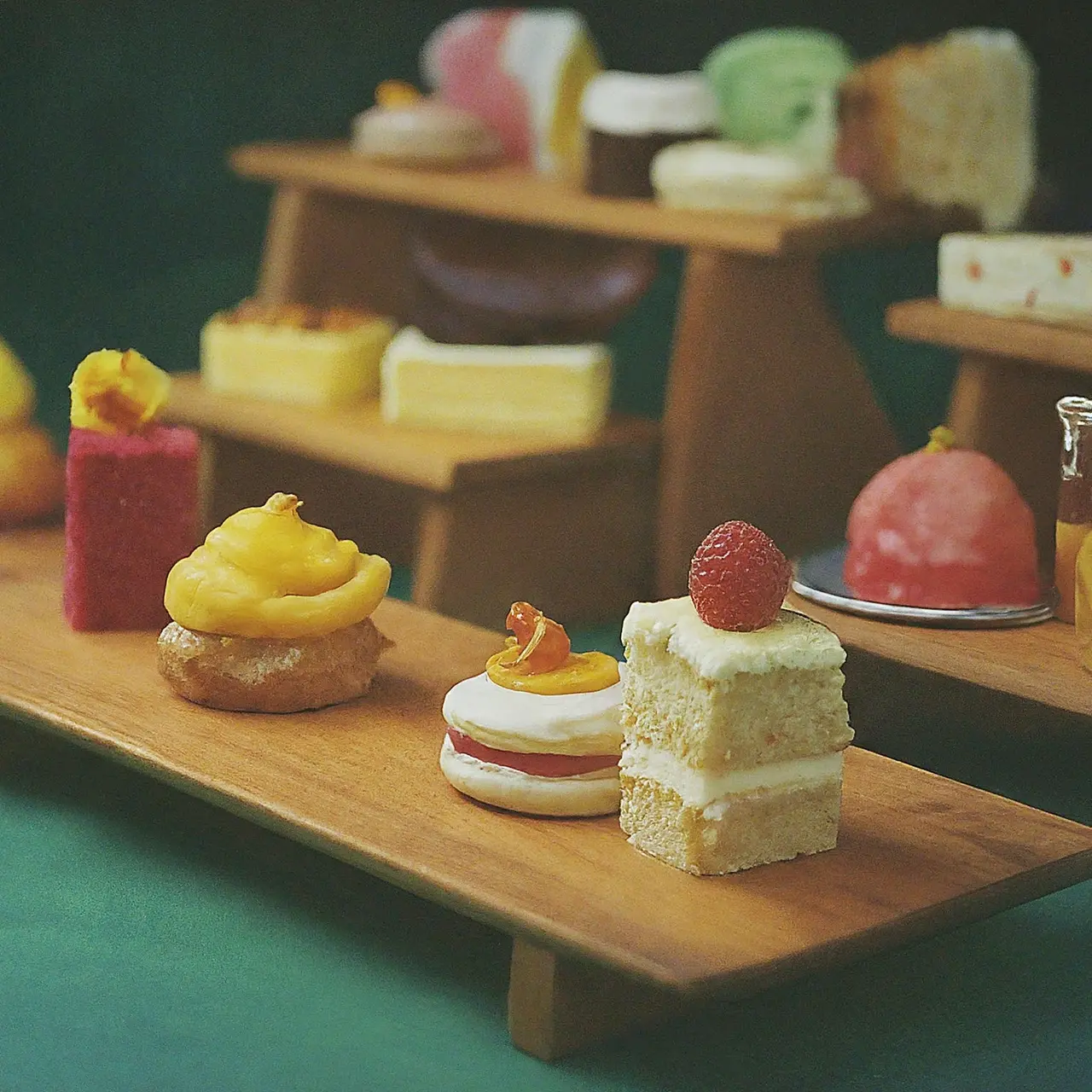In the vibrant streets of Singapore, where the old meets the new, Asian fusion desserts are not just following trends—they’re setting them. These culinary innovations are a delectable testament to the creativity and cultural melting pot that Singapore embodies. From traditional treats with a twist to entirely novel concoctions, let’s dive into the sweet revolution taking the city by storm.
The Rise of Asian Fusion Desserts in Singapore
Over the past decade, Singapore has seen an explosion of culinary experimentation, with chefs boldly marrying Eastern and Western dessert philosophies. This fusion has birthed an entirely new category of treats, making waves far beyond their island origins. These innovative desserts not only challenge the traditional palate but also serve as a bridge between cultures, enticing locals and tourists alike.
In the heart of this culinary revolution are desserts that incorporate ingredients like matcha, yuzu, and black sesame with Western techniques, resulting in creations that are as stunning visually as they are in taste. This trend underscores Singapore’s global yet distinctly Asian identity, celebrated through its food.
Exploring the Unique Flavors of Asian Fusion Desserts
One cannot discuss the scene without mentioning the bold and innovative flavors that define these desserts. Chefs are delving deep into the flavor profiles of traditional Asian ingredients, reimagining them for the modern palate. The result? A tantalizing array of desserts that surprise and delight, from the subtle floral notes of jasmine tea-infused cakes to the rich, umami depth of soy sauce caramel.
Influences and Inspirations Behind Asian Fusion Desserts
The story of Asian fusion desserts in Singapore is as much about the country’s rich history as it is about culinary innovation. Influences come from the broad spectrum of cultures that call the city home – Chinese, Malay, Indian, and European. Chefs draw inspiration from this tapestry, creating desserts that are a homage to Singapore’s multicultural heritage.
Cohesion and creativity drive the development of these desserts, with many creators drawing on personal experiences and familial recipes, infusing them with techniques and elements from other cuisines. This blend of tradition and innovation is a key ingredient in the recipe for the success of Asian fusion desserts in Singapore.
Favorite Asian Fusion Dessert Creations in Singapore
Among the crowd favorites are desserts like pandan waffles topped with coconut ice cream, drizzled with gula Melaka syrup, and sprinkled with toasted sesame seeds. Another hit is the matcha lava cake, offering a warm, gooey green tea center that oozes out of a perfectly baked cake, often served with a side of azuki bean paste or ice cream.
How Chefs and Dessert Shops Are Pushing the Boundaries
The chefs and dessert shops at the forefront of this culinary wave aren’t just bakers and confectioners; they are artists, scientists, and storytellers. They experiment with textures, flavors, and presentation, constantly pushing the boundaries of what desserts can be. Their creations are often as instagrammable as they are delicious, making them a hit both online and in the real world.
These innovators often share their journeys, inspirations, and the stories behind their creations through social media, inviting food lovers to be a part of their delicious narrative. It’s this combination of innovation, community, and storytelling that continues to elevate the status of Asian fusion desserts in Singapore.
A Sweet Symphony of Cultures
As the sun sets on the Lion City, the lights of dessert cafes and patisseries begin to twinkle, inviting patrons to indulge in a sensory journey through Asia and beyond. Asian fusion desserts in Singapore are more than just food; they are a celebration of heritage, innovation, and the endless possibilities when cultures collide. As each bite takes you through flavors you know in ways you’ve never imagined, it’s clear these treats are not just redefining sweets in Singapore—they’re redefining the very essence of dessert culture.








Leave A Comment